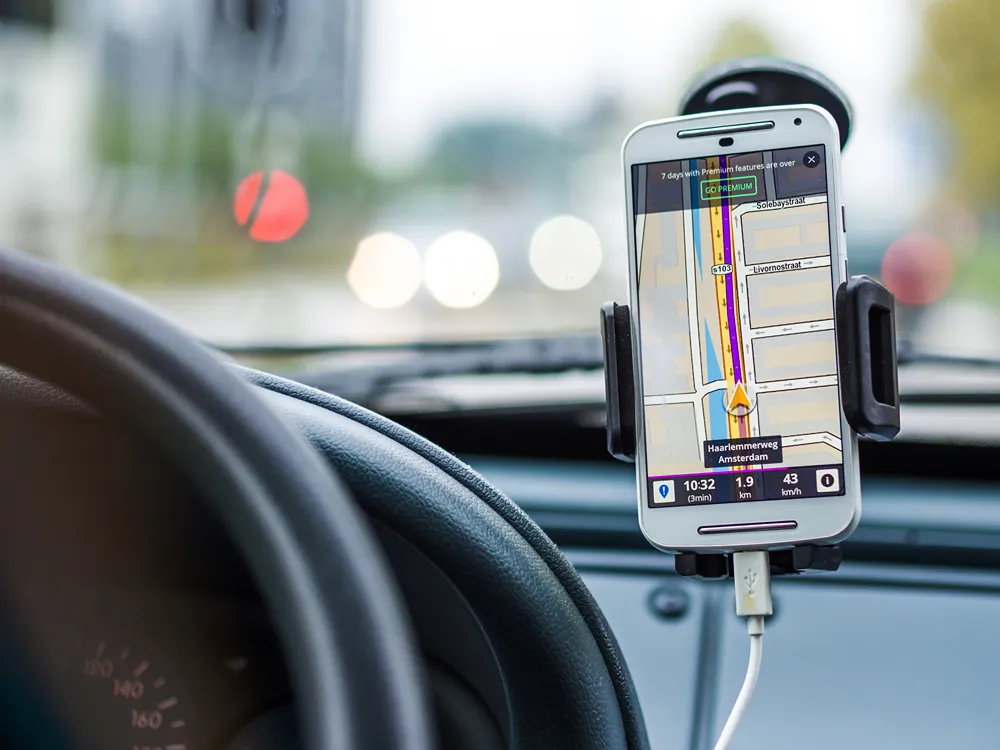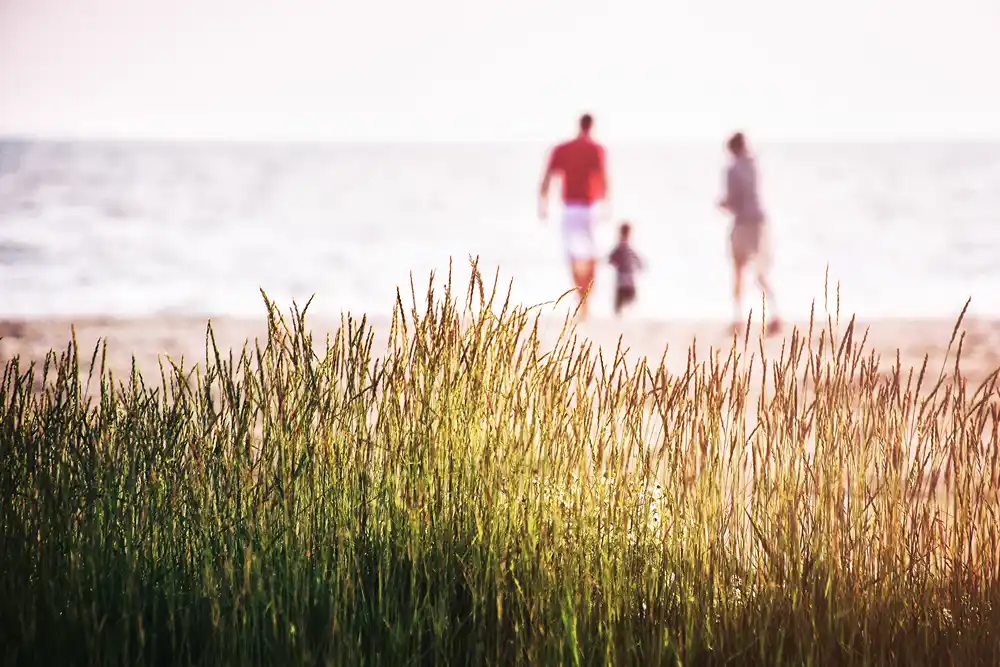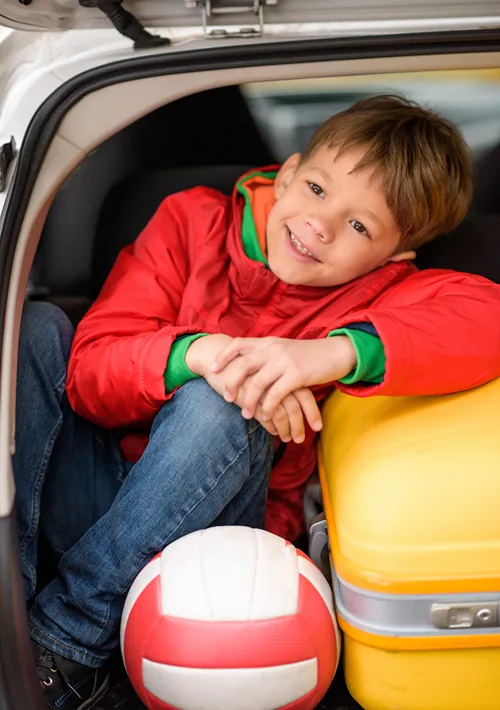Safety Tips for Travelling with Kids: A Complete Guide for Stress-Free Family Adventures
Travelling with children is a strange mix of magic and mild chaos. One minute you’re watching them stare wide-eyed at mountains or airplanes, and the next you’re digging through your bag because somebody has suddenly — urgently — misplaced their shoe. Still, when you look back later, these are often the moments you remember most.
But if there’s one thing parents agree on, it’s this: a little preparation goes a very long way, especially when it comes to safety. Feeling prepared means you get to enjoy the fun parts more fully, and the stressful parts don’t feel quite so overwhelming.
Below is a practical, experience-based guide that keeps safety at the center but still recognizes that families are human — unpredictable, funny, emotional, and wonderfully alive.
1. Start With the Essentials: Documents First, Everything Else Second
Let’s begin with the one thing you absolutely can’t afford to forget: documents. Clothes can be replaced. Snacks can be bought. But passports? Those must be right from the start.
If you’re travelling internationally, remember that every child — including infants — needs their own passport. And because little faces change so fast, their photo needs to match their current appearance. Thankfully, you no longer need to pin a squirming baby under harsh photo-booth lighting. You can create a baby passport photo online, using services that automatically check background, size, and alignment. A huge relief when you’ve already got a long list of things to handle.
- Gather your travel papers and keep them together in a waterproof pouch:
- Passports and IDs
- Printed reservations
- Travel and health insurance
- Emergency contacts
- Copies of prescriptions
- A few passport-size photos (for visas or replacements)
Then — this part is easy to forget — scan everything. Store digital copies in a secure cloud folder. If anything gets lost or soaked, you’re not left helpless.
2. Have a Safety Talk Before You Leave
Kids don’t automatically know how to stay safe in new places. They learn it gradually, through conversations and repetition — sometimes endless repetition.
Before the trip, talk about things like:
- What to do if they suddenly can’t see you in a crowded place
- Who counts as a “safe helper”: police officers, hotel staff, airline workers
- Why they shouldn’t wander off, even for something interesting
- How to say your name and phone number (or show it on a bracelet)
For younger children, turning this into a tiny game can help:
“Okay, pretend you can’t see us for a moment — what do you do?”
It makes a potentially scary topic approachable.
3. Pack a First Aid Kit (A Small One Saves Big Troubles)
Most parents have lived through the classic travel mishap: scraped knees, mild fevers, a mystery rash, motion sickness that comes out of nowhere. A small first aid kit prevents panic later.
Include:
- Plasters and antiseptic wipes
- A child-safe pain reliever
- Motion sickness tablets or bands
- Rehydration sachets
- A thermometer
- Anti-itch cream
- Any allergy or asthma medication
And keep this kit in your carry-on, not buried in a suitcase three rows beneath the airport conveyor belt.
4. Choose Safe Accommodation — Then Kid-Proof It Quickly
When booking a place to stay, parents naturally see the world differently. You’re not just thinking about views or breakfast; you’re also checking balconies, railings, and room layout.
Once you arrive, take two minutes to walk through the room:
- Move fragile items out of little hands’ reach
- Check balcony doors and window locks
- Look for exposed outlets
- Make sure furniture is stable
- Put sharp objects (like the hotel’s decorative bowl? Why do they always have one?) somewhere safe
This mini-routine prevents a surprising number of “Oh no!” moments later.
5. Stay Smart When Moving Around
Transportation is often the most stressful part of family travel — airports, buses, busy streets, rental cars you’re still figuring out.
A few reminders help:
- For flights, keep medicine and essentials in your carry-on
- If renting a car, request a proper child seat (or bring your own if regulations allow)
- On trains or buses, sit together and avoid door areas
- Teach children to hold onto a sleeve, hand, or even the stroller when crowds get dense
For toddlers with a deep desire to run toward every shiny object, a small safety harness can be sanity-saving in crowded places.

6. Use Technology Smartly — But Don’t Depend on It Alone
Technology can help enormously, but it shouldn’t become the only layer of safety.
Useful tools include:
- GPS tags for backpacks or comfort items
- Location-sharing apps
- Offline maps
- Translation apps
- Digital backups of documents
Still, remind kids (and yourself) that phones can die, get lost, or simply lose signal. Awareness still matters more.
7. Stay Aware of Food and Water Safety
Kids often want to try everything — which is wonderful, unless their stomach strongly disagrees later.
A few gentle rules help:
- Choose busy restaurants (fresh food cycles faster)
- Avoid raw foods in areas with uncertain water quality
- Drink bottled or filtered water
- Pack a few familiar snacks
If your child has allergies, preparing a translation card with their dietary restrictions can avoid stressful misunderstandings.
8. Protect Children From Sun and Weather
Kids often get carried away by excitement and forget they’re burning or freezing. That’s where parents come in.
Bring:
- Broad-spectrum sunscreen
- Hats
- Lightweight long sleeves
- Plenty of water
- Layers for cooler climates
Encourage them to say if they feel too hot, uncomfortable, or tired. Open communication can prevent the majority of sun-related or weather-related issues.
9. Reinforce Digital Safety on the Road
Kids love sharing photos or videos from trips, but safety online matters as much as safety offline.
Remind them:
- Don’t post real-time location
- Don’t reveal your hotel
- Avoid connecting to unsecured Wi-Fi
- Always ask before posting family photos
This isn’t about scaring them — just building thoughtful habits.
10. Prepare a Simple Emergency Plan
What if something unexpected happens? A plan — even a lightweight one — helps you stay calm.
Know:
- The local emergency number
- The nearest clinic or pharmacy
- How to say your hotel address (or show it)
- A clear meeting point if separated
- Where your country’s embassy or consulate is
Keep a bit of local cash on hand. You’d be surprised how many situations it solves.
11. Let Kids Participate in Safety
Children cooperate more when they feel involved. Give them simple responsibilities:
- Carrying their little backpack
- Choosing a meeting spot
- Remembering a safety rule
It builds confidence and a sense of partnership.
12. Build in Breaks — and Adjust Expectations
Travelling with kids is rewarding, but also tiring. Kids get overwhelmed more quickly than adults — crowds, noise, heat, long days. Don’t expect constant harmony.
Plan rest time. Slow moments. Snacks. Quiet corners. A few minutes in the shade.
Remember: safe travel is also emotionally safe travel.

Conclusion: Safety Makes Space for Joy
Family trips don’t have to be perfect. They won’t be — and that’s okay. What matters most is that you’re out in the world together, learning, exploring, laughing, sometimes struggling, and building memories that will matter far more than any minor mishap.
With good preparation, the right documents, smart habits, and a flexible mindset, you can travel with confidence rather than stress.
Pack well. Talk openly. Stay curious. And above all — enjoy the journey.
Your next unforgettable family moment might be closer than you think.






